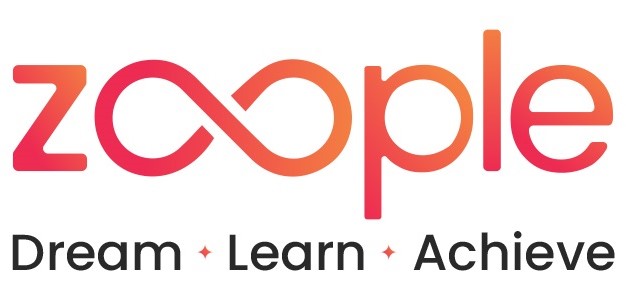The Future and Scope of UI/UX Design
In today’s rapidly evolving digital landscape, our interactions with websites, applications, and software are constant. Whether ordering food, booking flights or browsing social media, the design of user experience (UX) and user interface (UI) significantly influences the ease and enjoyment of these tasks.
But what is UI/UX design? And where is it going in the future?
What is UI/UX Design?
Before we look at the future, let’s first understand the basics:
- UI Design (User Interface) focuses on the look and layout. It’s about creating buttons, icons, and other interactive elements that users see and use when interacting with a digital product.
- UX Design (User Experience) is all about how easy, smooth, and satisfying it is to use that product. It focuses on making sure the overall flow and structure are user-friendly.
Why is UI/UX Design Important?
When an app or website is easy to use, people are more likely to enjoy using it and keep coming back. On the other hand, if it’s difficult or confusing, users will get frustrated and might stop using it altogether. That’s why businesses put a lot of effort into making sure their digital products are both visually appealing and easy to use. This need for better design is growing every day as more people are spending time online.
The Future of UI/UX Design
As technology evolves, so does the role of UI/UX design. Here’s a look at where things are heading:
1. More Personalization
In the future, apps and websites will become more personalized to suit individual needs. Think of how Netflix recommends shows based on what you’ve watched before. This kind of personalized experience will become more common in all digital products. Designers will need to think about how to create user interfaces that adapt to individual preferences without overwhelming users.
2. Voice and gesture-based interfaces
With the rise of virtual assistants like Alexa and Google Assistant, voice-controlled interfaces are becoming more popular. In the future, we’ll see more apps and devices that can be controlled through voice commands or even gestures. This will create new challenges and opportunities for UI/UX designers as they move away from traditional screens and buttons.
3. Focus on accessibility
As more people rely on digital products, designers are focusing on making sure these products are accessible to everyone, including those with disabilities. Future designs will need to be more inclusive, taking into account different abilities, languages, and cultural backgrounds. This is an important step towards making technology available for all.
4. Immersive Experiences: AR and VR
Augmented reality (AR) and virtual reality (VR) are already changing the way we interact with the digital world. In the future, these technologies will become more mainstream, and designers will need to create experiences that feel natural in these immersive environments. Imagine shopping for clothes online and being able to “try them on” virtually—this is where things are heading.
5. Sustainability in Design
As the world becomes more aware of environmental issues, sustainability will become a key focus in UI/UX design. Designers will look for ways to create eco-friendly designs that minimize the energy used by apps and devices. This might also involve reducing unnecessary features or encouraging behaviors that promote sustainability.



Scope of UI/UX Design
The demand for UI/UX designers is growing rapidly across industries. Businesses from tech companies to healthcare providers, education platforms, and e-commerce sites are all looking for talented designers to create intuitive and engaging digital experiences.
- Career Opportunities: The career paths for UI/UX designers are expanding. You can work as a UI/UX designer, interaction designer, product designer, or even specialize in certain areas like voice UI or AR/VR design.
- Freelance Opportunities: Many designers are also finding success as freelancers, working on multiple projects for different clients.
- Industry Demand: As businesses continue to go digital, the need for well-designed apps and websites is only going to increase. This means job opportunities in UI/UX design will continue to grow.
Final Thoughts
The future of UI/UX design is bright, with endless possibilities. As technology continues to change, designers will play a crucial role in shaping how we interact with the digital world. Whether it’s through personalized experiences, voice interfaces, or immersive AR/VR environments, UI/UX designers will be at the forefront of creating user-friendly, accessible, and innovative solutions.
For anyone interested in a creative and rewarding career, UI/UX design offers exciting opportunities in a world that’s increasingly focused on the digital experience.



